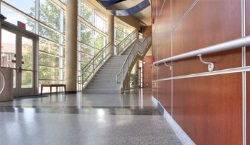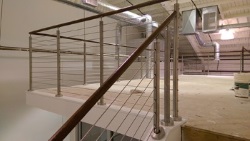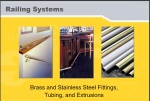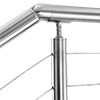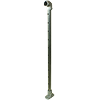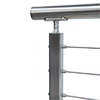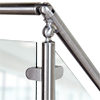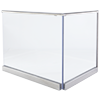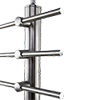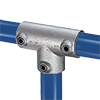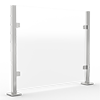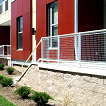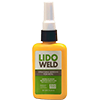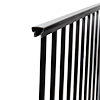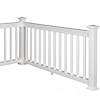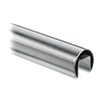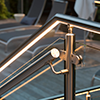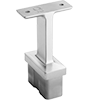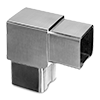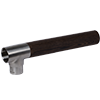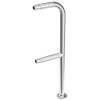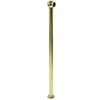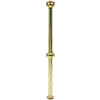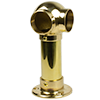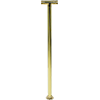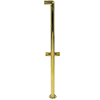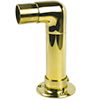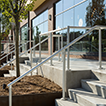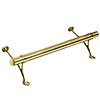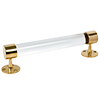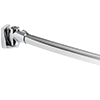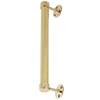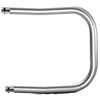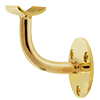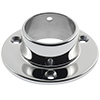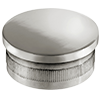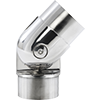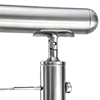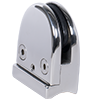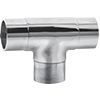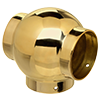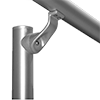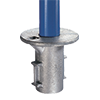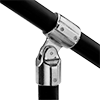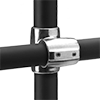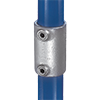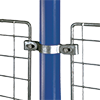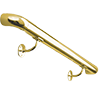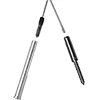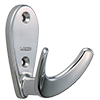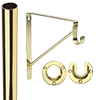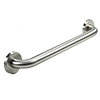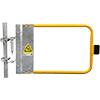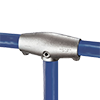Is Your Deck Safe? Don’t Forget to Inspect and Maintain
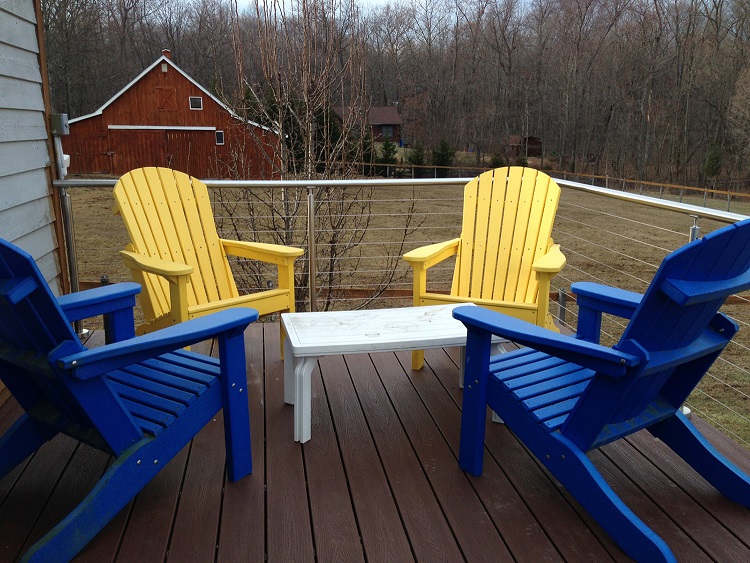
During the process of building a deck, it’s common sense to consider the safety of those using it. But that shouldn’t end once the building phase is done. It’s important that homeowners continue to inspect their decks and keep up with regular maintenance long after setup.
Not only does routine maintenance keep your deck looking its best, but it also reduces the possibility of injuries while using it.
Setting Up an Inspection
You can either learn to inspect your deck’s elements yourself or get it looked at by a certified inspector. This should be done for all decks, but it’s especially crucial for those built before there were stricter codes in place.
It wasn’t until 2007 that the requirement was adopted to use lags or galvanized bolts to attach the deck ledger board to a house. That means decks made before then are likely attached with only nails, and that doesn’t provide enough strength or length to safely keep the deck attached.
Another common area of failure is stairways, which should be connected with specialized connectors designed for connecting to the deck. Like with the ledger board, using only nails is just not good enough.
Even if you have a certified person checking out your deck, it’s still a good idea to familiarize yourself with the correct guardrails and attachments of ledgers. This will help you know if your deck is up-to-date on recommendations or if it needs some work.
Your Monthly Inspection Checklist
Here are some of the main deck areas you should inspect each month:
- Flashing: Make sure it’s firmly in place. Look for any areas of collecting water where you should add or replace flashing.
- Wood: Check many different areas for decaying or splitting wood. Don’t miss the railings, stairs, deck boards, and ledger board.
- Ledger Board: Look for loose fasteners that need to be tightened, and replace any corroded or rusted fasteners.
- Banisters and Railings: Give them a push, and check for any given. Rails and banisters both should always be secure. Also, make sure they are high enough, at least 3 ft. Rails shouldn’t be over four inches apart.
- Stairs and Boards: Test them to make sure there’s no sway or sag.
- Lighting: Check all appliances, outlets, and features to make sure they’re up to code and in good condition. Make sure all lights are working properly. (And if your deck doesn’t have a good amount of lighting, you might want to consider adding more for safety.)
Maintenance Tips
In addition to regular inspection, maintenance is just as important for deck safety:
- If you have a wood deck with a coating that has worn away, clean the area and apply a new coating. Make sure it’s waterproof.
- Fight the growth of mildew by clearing away any debris or leaves.
- Remove anything blocking light, such as trees that have grown too far or dirty light covers.
- Trim any tree limbs that are in danger of falling onto the deck.
Mark your inspection and maintenance days on your calendar so you don’t accidentally skip them. Doing this regularly will ensure your deck remains a safe place for everyone to enjoy!



